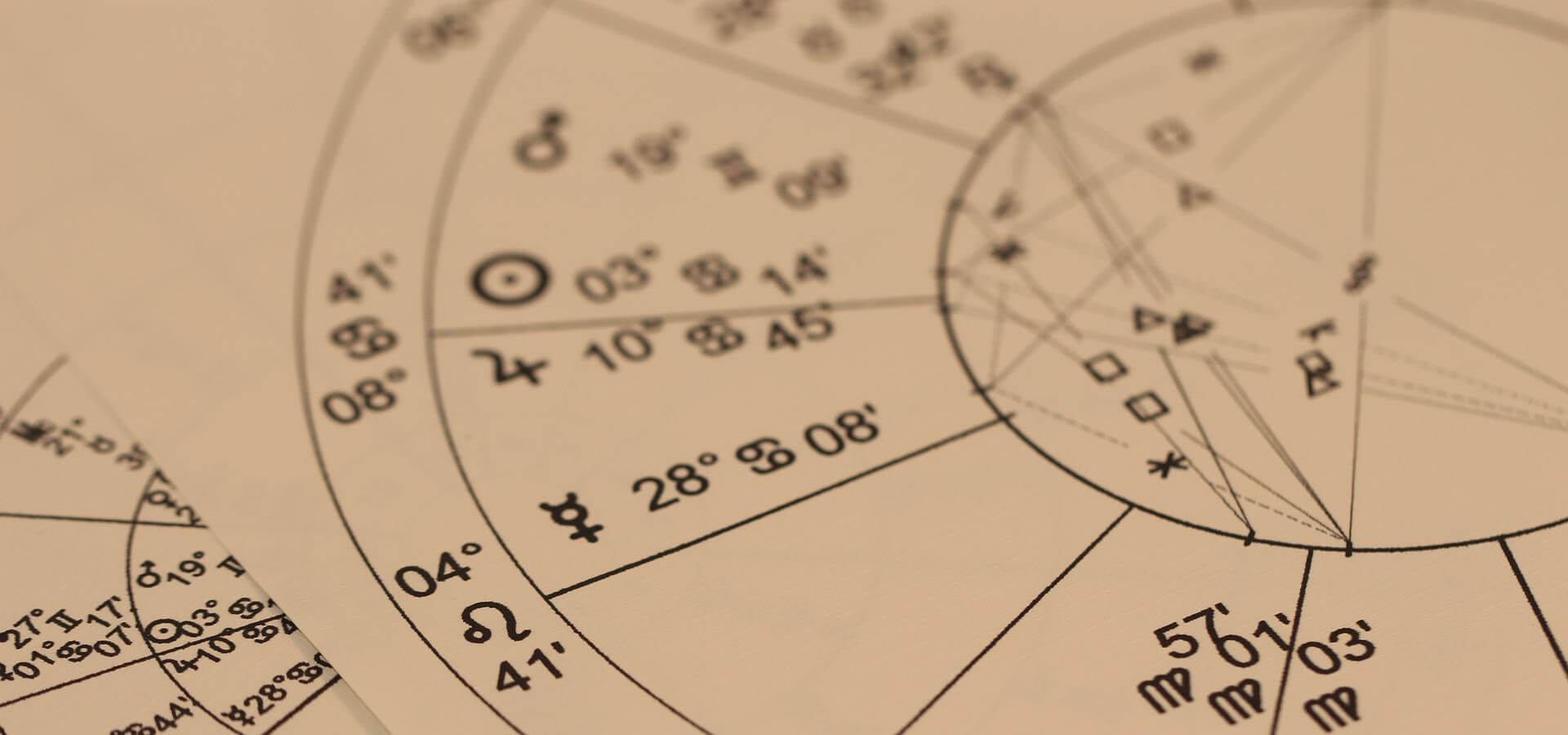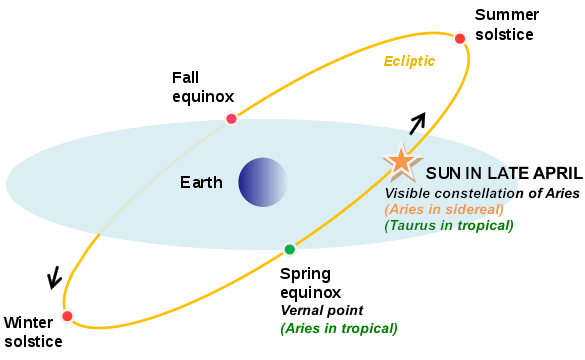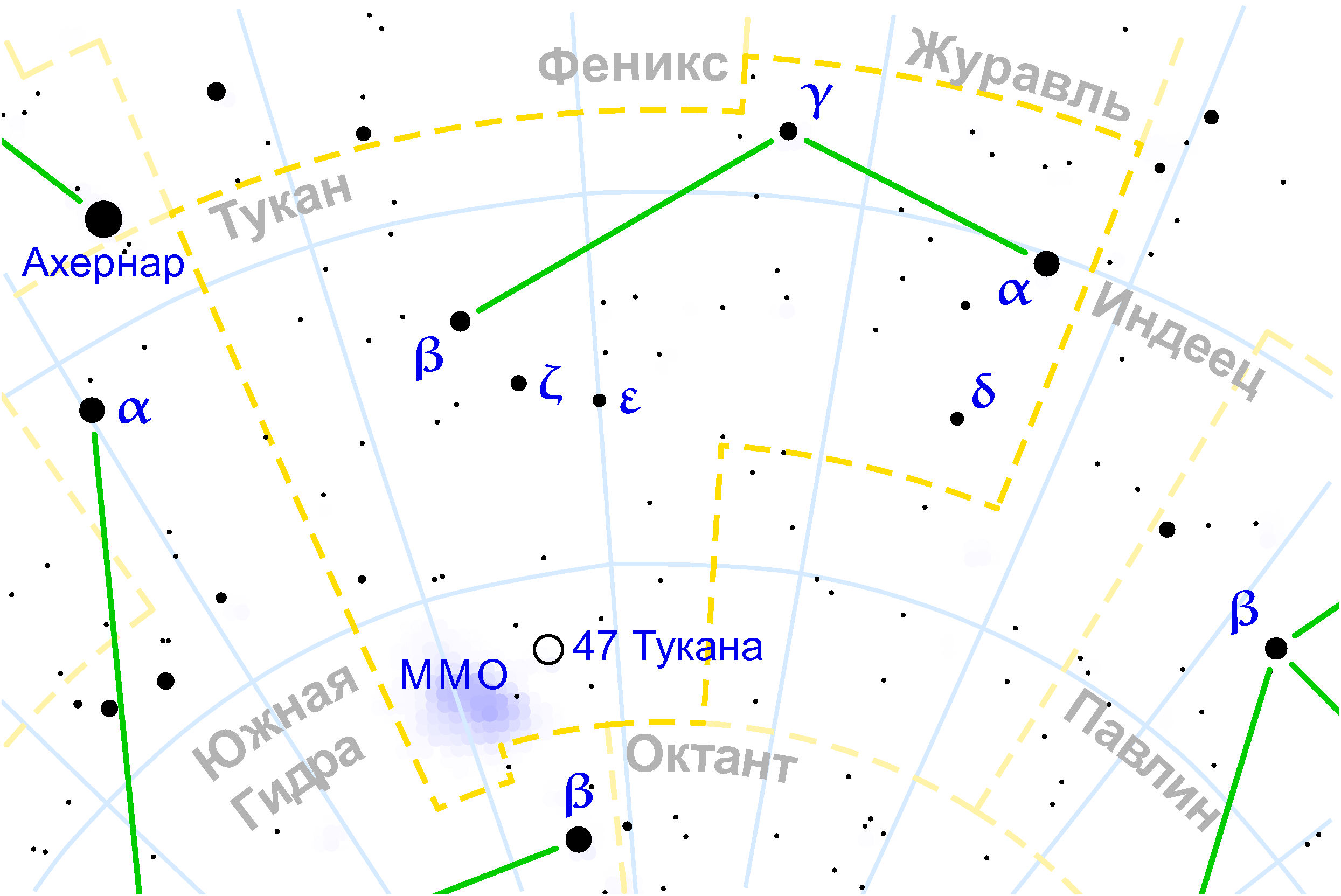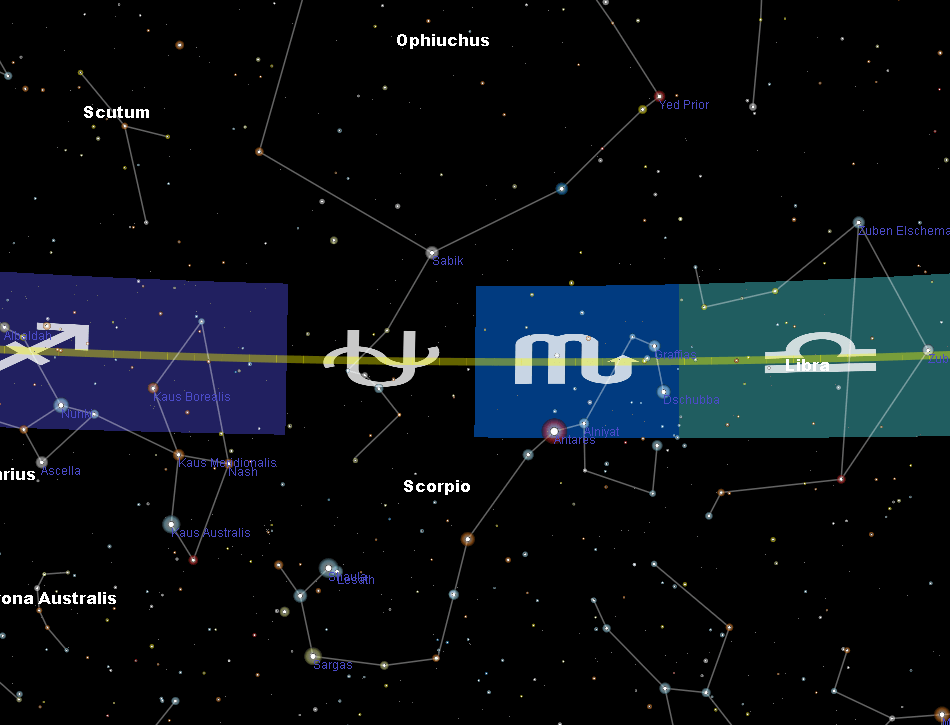What is Sidereal Astrology?
The astrology of the visible sky

There are two forms of astrology used today: tropical and sidereal.
Tropical astrology is the most popular form of astrology used in the West. If you are from the West, this is likely what you are familiar with. It is also the most common astrology online.
Sidereal astrology is the most popular in the East, particularly in India. Vedic, or Hindu, astrology uses a form of it. It is not as common online or in the West. You may have only recently heard about it.
What is the difference between tropical and sidereal?
Tropical and sidereal are two different ways of determining your astrological signs. They are two different zodiac systems:
Tropical astrology uses the seasons of the Earth for its zodiac system. Tropical starts the zodiac wheel at the vernal point. This is the point in the sky where the Sun is during the spring equinox (in the northern hemisphere). All planets that pass over the vernal point enter Aries, the first sign of the zodiac.
Sidereal astrology uses the visible sky for its zodiac system. Aries begins where it is visible. Since this is subjective, there are many different forms of sidereal. But, all forms of sidereal reference the sky.

The diagram shows the starting points (Aries) of the two zodiac systems. Tropical (green) and sidereal (orange). The Sun is in its position in late April (a month after the March spring equinox). The Sun is in the second sign of Taurus in tropical and in Aries in sidereal (where Aries is visible in the sky).
Tropical signs are ahead of sidereal. In this example, the person's sun sign is Taurus in tropical and Aries in sidereal. The difference is usually about 24 degrees, depending on the sidereal system used.
Why doesn’t tropical use the visible stars?
Well, it did when it was first used. About two thousand years ago, the tropical and sidereal zodiacs matched. At the time of the spring equinox, the Sun entered Aries in both tropical and sidereal.
It made perfect sense at the time to use the seasons. This is because the visible sky is much more difficult to calculate and is always changing. This is due to precession.
What is precession?
Every spring equinox, the Sun does not return to the same point in the sky. It is very subtle - about one degree every 72 years. Yet, over a long time, it becomes noticeable. This is why the tropical and sidereal zodiacs are about a full sign apart today. For a deeper dive into the precession of the equinoxes, here is a concise description by Brittanica.
Is tropical or sidereal more accurate?

Here at Mastering the Zodiac, we use true sidereal astrology. But, it is fair to say that both are accurate for their purposes.
Tropical astrology is about two thousand years old. Millions have used and validated it in the West. Being a seasonal system it is particularly accurate for the tropical sun sign. Since it uses the static seasonal cycle it is said to show the physical and "3D" elements of the personality.
Sidereal astrology dates back at least ten thousand years in Pre-Babylonian societies and India. Since it uses the visible sky it's likely much older. There is no denying that using the visible sky is accurate for the language of the stars. It is said to describe the "essence" of the personality and the soul.
We made it easy to view your true sidereal signs.
Where does the zodiac start in sidereal?

This is the million-dollar question. The sky is subject to interpretation. This is why there are dozens of sidereal systems.
The term for the start of the zodiac is the ayanamsa. Here are some of the most used:
Lahiri is the most used ayanamsa in Vedic astrology. It is often recommended to use this ayanamsa when working with the Vedic system. Other popular options for Vedic include Raman, as well as KP when working with Vedic KP methods.
Fagan-Bradley is the most used ayanamsa by Western astrologers. Even though the majority of Western astrologers use tropical, many use sidereal. Fagan-Bradley is the most recommended, along with Kanatas. If you are working with mainstream Western astrology, these are the best to start with.
IAU (International Astronomical Union) uses the uneven size of the constellations. It adjusts the sign boundaries to match their actual sizes in the sky. The majority of sidereal systems (including the ones above) use thirty-degree zodiac signs. But, the zodiac signs are different sizes in the sky. The IAU takes this into account.
Midpoint is the system we created here at Mastering the Zodiac. It also uses the actual size of the constellations, like the IAU. But, the IAU boundaries are designed for astronomy, not astrology. The IAU boundaries do not reference the ecliptic (the path of the Sun and planets). Midpoint fixes this by setting the zodiac sizes relative to the ecliptic. It is designed for astrology.
What is my sidereal sign?
Below are the sun sign birthdates for the systems mentioned above. The dates are in GMT. Dates on the first or last day of a sign are “on the cusp” and a blend of both signs.
| Tropical | Lahiri | Fagan-Bradley | IAU | Midpoint | |
|---|---|---|---|---|---|
| Aries | Mar 21 – Apr 19 | Apr 14 – May 14 | Apr 15 – May 15 | Apr 18 – May 13 | Apr 21 – May 12 |
| Taurus | Apr 20 – May 20 | May 15 – Jun 15 | May 16 – Jun 16 | May 13 – Jun 21 | May 13 – Jun 19 |
| Gemini | May 21 – Jun 20 | Jun 16 – Jul 16 | Jun 17 – Jul 17 | Jun 21 – Jul 20 | Jun 20 – Jul 16 |
| Cancer | Jun 21 – Jul 22 | Jul 17 – Aug 16 | Jul 18 – Aug 17 | Jul 20 – Aug 10 | Jul 17 – Aug 6 |
| Leo | Jul 23 – Aug 22 | Aug 17 – Sep 16 | Aug 18 – Sep 17 | Aug 10 – Sep 16 | Aug 7 – Sep 14 |
| Virgo | Aug 23 – Sep 22 | Sep 17 – Oct 17 | Sep 18 – Oct 18 | Sep 16 – Oct 30 | Sep 15 – Nov 3 |
| Libra | Sep 23 – Oct 22 | Oct 18 – Nov 16 | Oct 19 – Nov 17 | Oct 30 – Nov 23 | Nov 4 – Nov 22 |
| Scorpio | Oct 23 – Nov 21 | Nov 17 – Dec 15 | Nov 18 – Dec 16 | Nov 23 – Nov 29 | Nov 23 – Dec 6 |
| Ophiuchus | Nov 29 – Dec 17 | Dec 7 – Dec 18 | |||
| Sagittarius | Nov 22 – Dec 21 | Dec 16 – Jan 14 | Dec 17 – Jan 15 | Dec 17 – Jan 20 | Dec 19 – Jan 19 |
| Capricorn | Dec 22 – Jan 19 | Jan 15 – Feb 12 | Jan 16 – Feb 13 | Jan 20 – Feb 16 | Jan 20 – Feb 13 |
| Aquarius | Jan 20 – Feb 19 | Feb 13 – Mar 14 | Feb 14 – Mar 15 | Feb 16 – Mar 11 | Feb 14 – Mar 9 |
| Pisces | Feb 19 – Mar 20 | Mar 15 – Apr 13 | Mar 16 – Apr 14 | Mar 11 – Apr 18 | Mar 10 – Apr 20 |
| IAU | Midpoint | ||||
|---|---|---|---|---|---|
| Aries | Apr 18 – May 13 | Apr 21 – May 12 | |||
| Taurus | May 13 – Jun 21 | May 13 – Jun 19 | |||
| Gemini | Jun 21 – Jul 20 | Jun 20 – Jul 16 | |||
| Cancer | Jul 20 – Aug 10 | Jul 17 – Aug 6 | |||
| Leo | Aug 10 – Sep 16 | Aug 7 – Sep 14 | |||
| Virgo | Sep 16 – Oct 30 | Sep 15 – Nov 3 | |||
| Libra | Oct 30 – Nov 23 | Nov 4 – Nov 22 | |||
| Scorpio | Nov 23 – Nov 29 | Nov 23 – Dec 6 | |||
| Ophiuchus | Nov 29 – Dec 17 | Dec 7 – Dec 18 | |||
| Sagittarius | Dec 17 – Jan 20 | Dec 19 – Jan 19 | |||
| Capricorn | Jan 20 – Feb 16 | Jan 20 – Feb 13 | |||
| Aquarius | Feb 16 – Mar 11 | Feb 14 – Mar 9 | |||
| Pisces | Mar 11 – Apr 18 | Mar 10 – Apr 20 |
What is Ophiuchus?

Zodiac signs are constellations on or near the ecliptic. Near enough that planets pass over them.
Ophiuchus is the “thirteenth sign”. It is a constellation that is on the ecliptic that planets pass over. True sidereal systems, such as the IAU and Midpoint, use Ophiuchus.
Ophiuchus shares the same part of the sky as Scorpio. For this reason, it was removed during the early creation of the zodiac of twelve signs. It makes sense since thirteen is not divisible like the number twelve.
Which Sidereal System is most accurate?

Like tropical versus sidereal, they are all accurate when used for their intended purpose.
If you are new to sidereal, use the most popular ayanamsa for the system you want to use. Lahiri for Vedic astrology and Fagan-Bradley for mainstream Western astrology. After you get comfortable with the ayanamsa, venture out and test others.
For using the visible sky, we recommend the Midpoint system. The IAU boundaries do not place the Sun, Moon, and planets in the correct astrological signs. This is verifiable with a planetarium such as Stellarium.
How do I read my sidereal chart?
First, you will need your sidereal birth chart. You can see the Sun, Moon, and planets exactly as they appeared in the sky during your birth with our chart calculator.
Once you have your chart, you can use this easy guide to read your birth chart. Within minutes, you will have an in-depth understanding of your chart and what it says about you.
Or simply get your full report with e-reading.